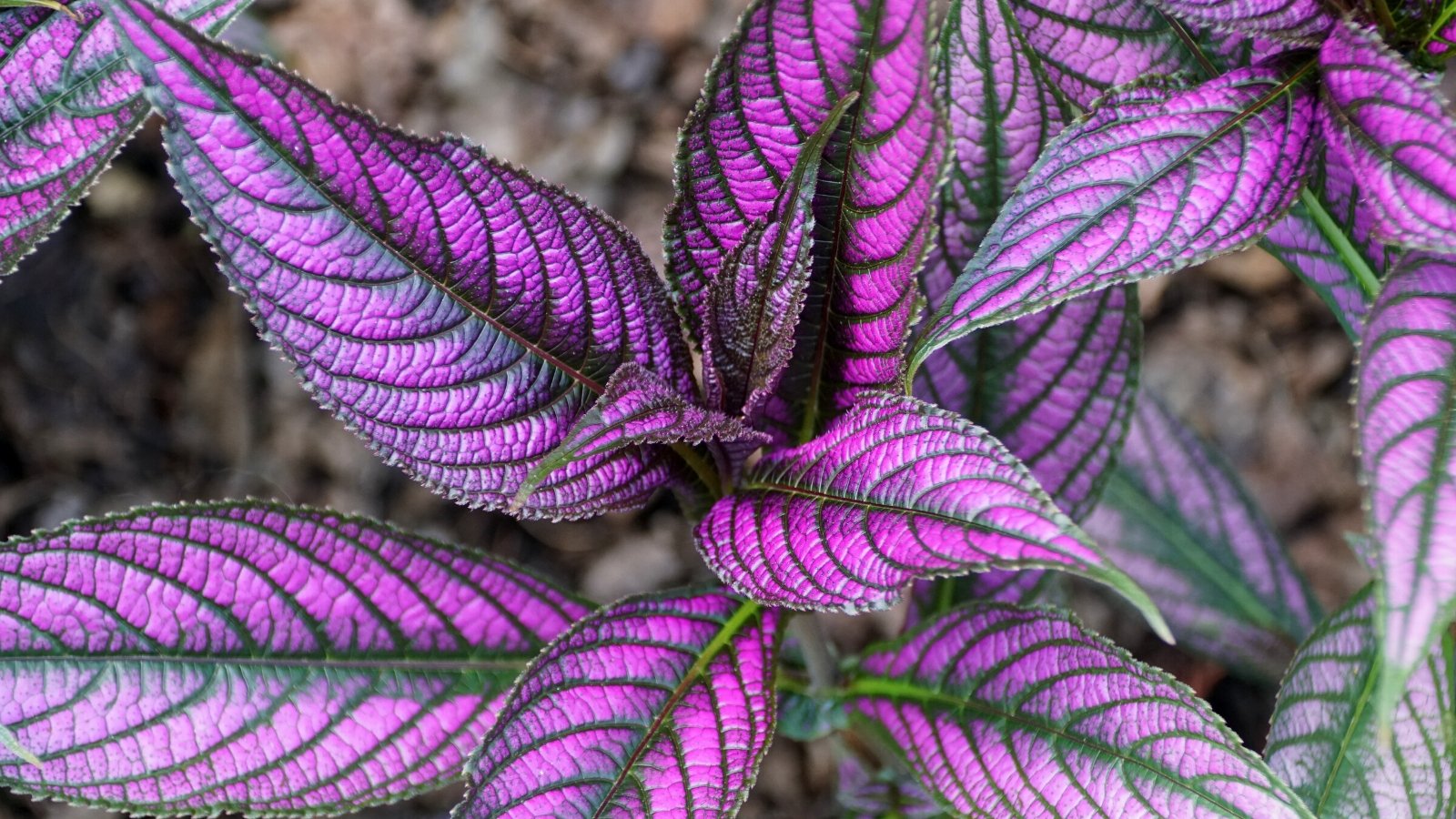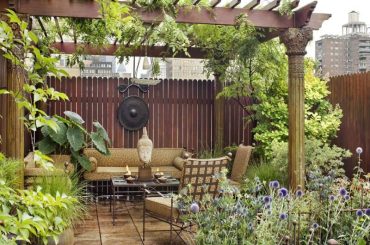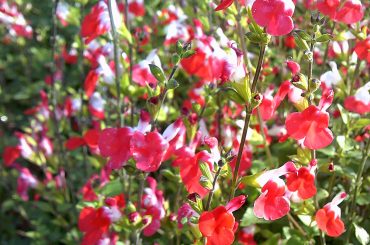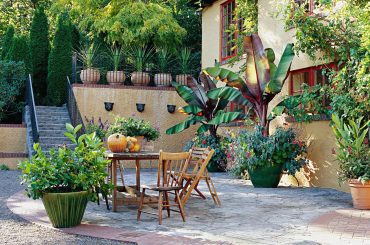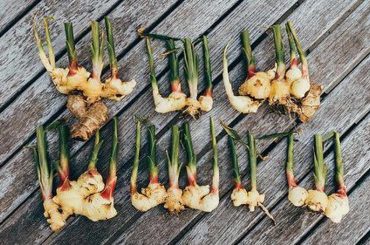Table of Contents
Do you know about plants with maroon leaves? They’re colorful and unique. Plants come in all shapes and colors, and maroon leaves really grab the attention. We’ll get to know about them and learn what makes them stand out. We’ll talk about these maroon-leafed plants that are so beautiful that anyone complements them.
So, to remove the curiosity about these beautiful plants from your mind. You have to understand these plants. These are the plants that are made more beautiful by their maroon leaves, and they look awesome. You’ll have a good knowledge of what plants with maroon leaves are and maybe even think of adding them to your garden.
So, Let’s look at them.
1. Coral Bells
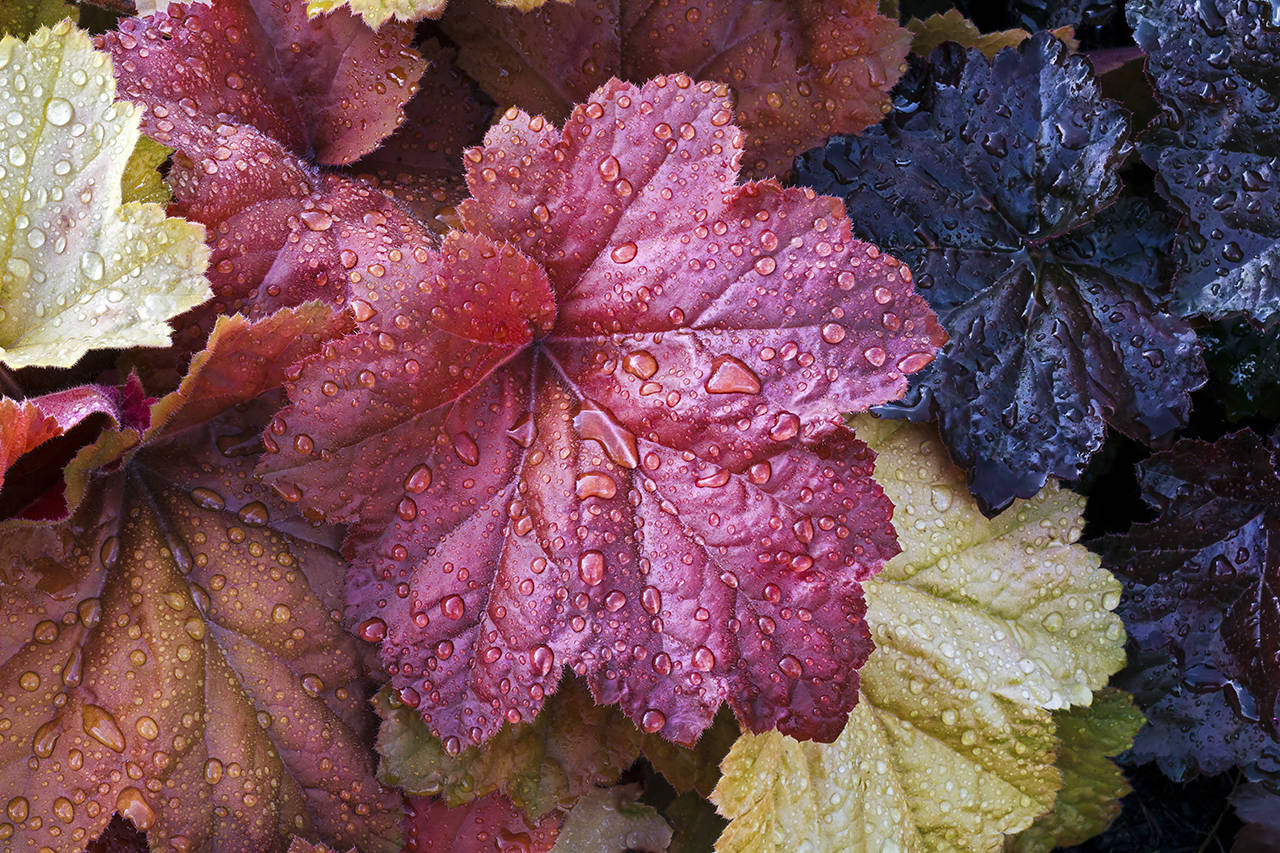
Coral Bells, scientifically known as Heuchera, are perennial plants known for their maroon-colored foliage. These special red leaved shrubs are a flexible addition to your garden, offering many colors for you. The maroon leaves of Coral Bells are not only amazing but also uniquely textured. Often featuring ruffled edges or distinct lobes, creating a cool effect that is worth noticing. One of the outstanding qualities of Coral Bells is their adaptability.
2. Crape Myrtle
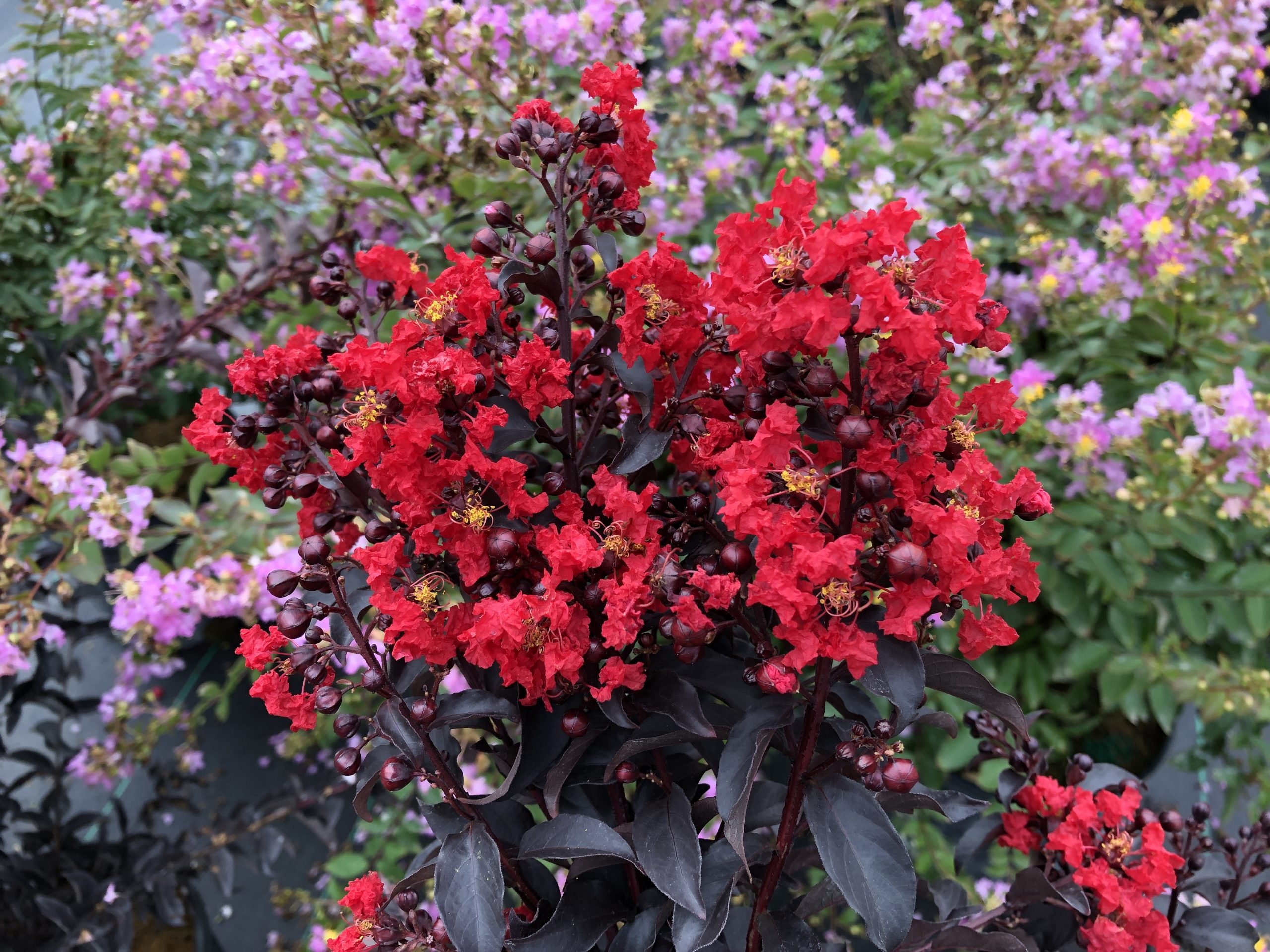
The Crape Myrtle, scientifically known as Lagerstroemia, is a cool addition to any garden. With its maroon leaves, this amazing shrub or small tree offers not only an awesome look but also an amazing overall experience for gardening fans. During the fall season, these maroon leaves undergo a variation. Turning into a warm shade that is similar to the finest burgundy wine. This change in color is a true presentation to do, as it mixes your garden with a vibe of beauty.
3. Mount Airy Dwarf Fothergilla
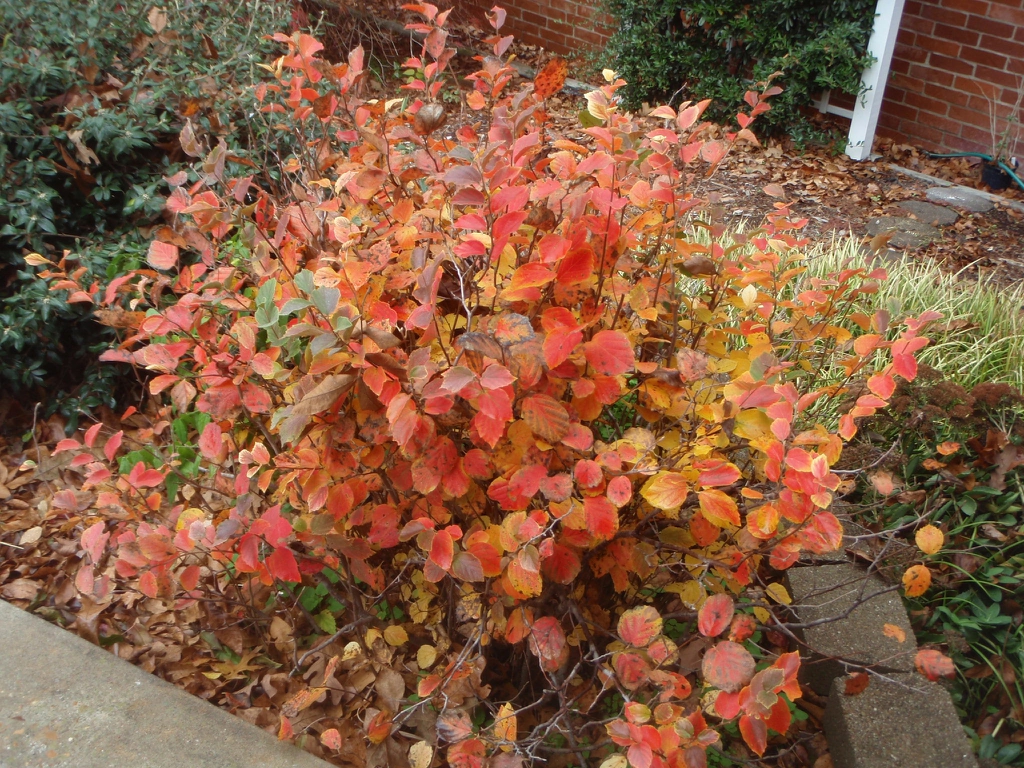
The Mount Airy Dwarf Fothergilla, scientifically known as Fothergilla gardenii Mount Airy, is a shrub renowned for its maroon leaves that undergo a cool change in the fall. This plant offers an amazing blend of beauty and fragrance, making it a worthy addition to gardens of all sizes. As the autumn season approaches, the maroon leaves of Mount Airy Dwarf Fothergilla turn into a brilliant color of red, orange, and purple shades.
4. Oakleaf Hydrangea
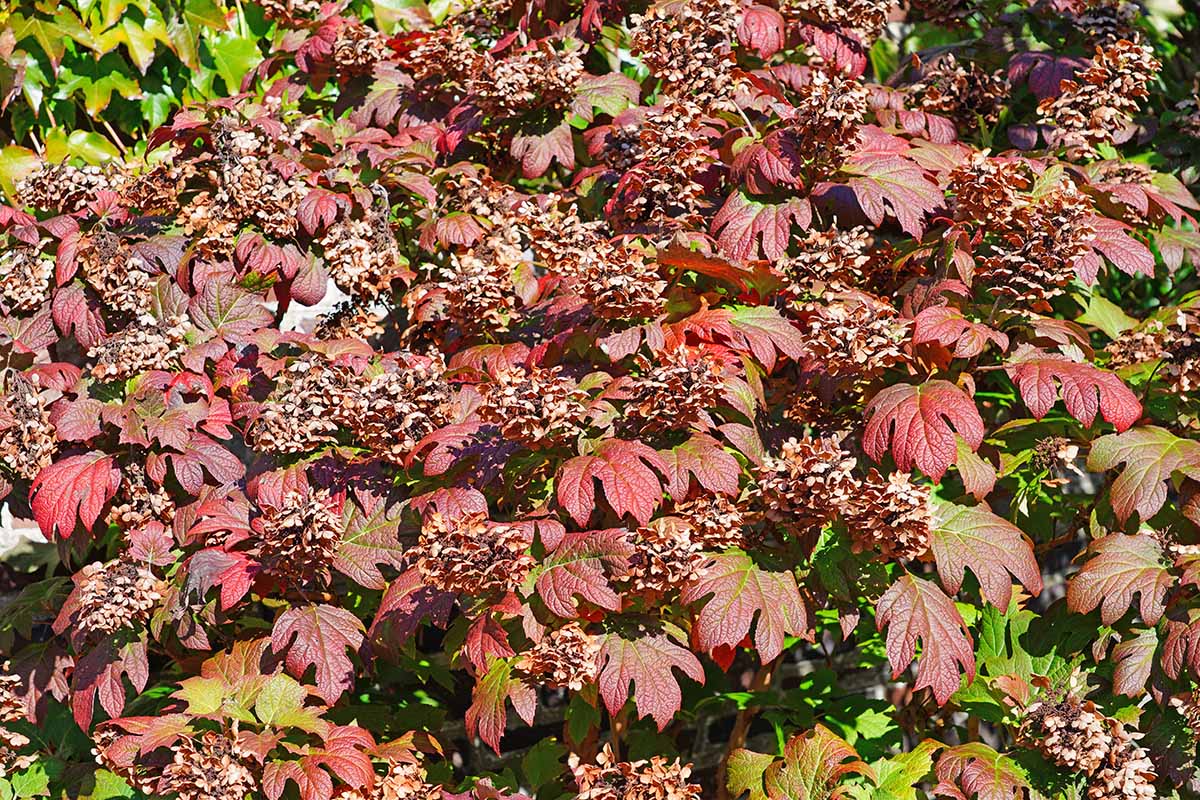
The Oakleaf Hydrangea, scientifically known as Hydrangea quercifolia, is a shrub that graces gardens with its maroon leaves and floral displays. This plant is a true standout, offering not only beauty but also fragrance. The maroon leaves of the Oakleaf Hydrangea add depth to your landscape, creating a better mix. However, what truly sets this plant apart is its stunning, cone-shaped clusters of white flowers.
5. Zygopetalum Orchid
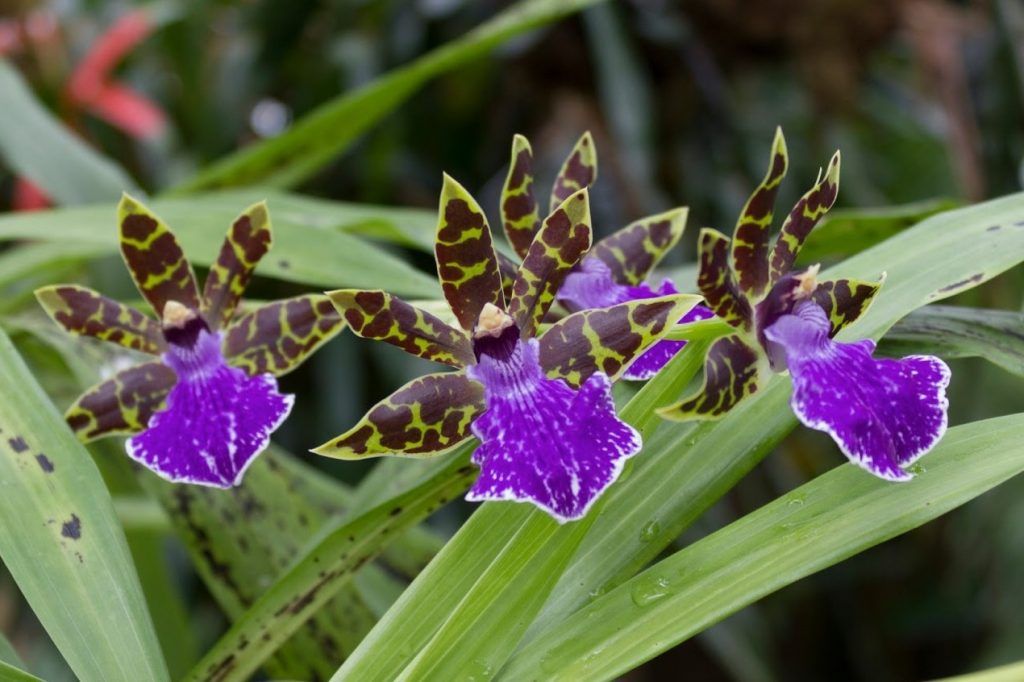
The Zygopetalum Orchid is an exotic plant that features maroon-tinged leaves. While the maroon leaves may not be the primary attraction of this orchid, they serve as an important part of this plant. Zygopetalum Orchids are known for their fragrant blooms, which smell very good with the beauty of maroon color. The maroon-shaded leaves provide a vibe of beauty that complements the whole plant.
6. Hoya Wax Plant
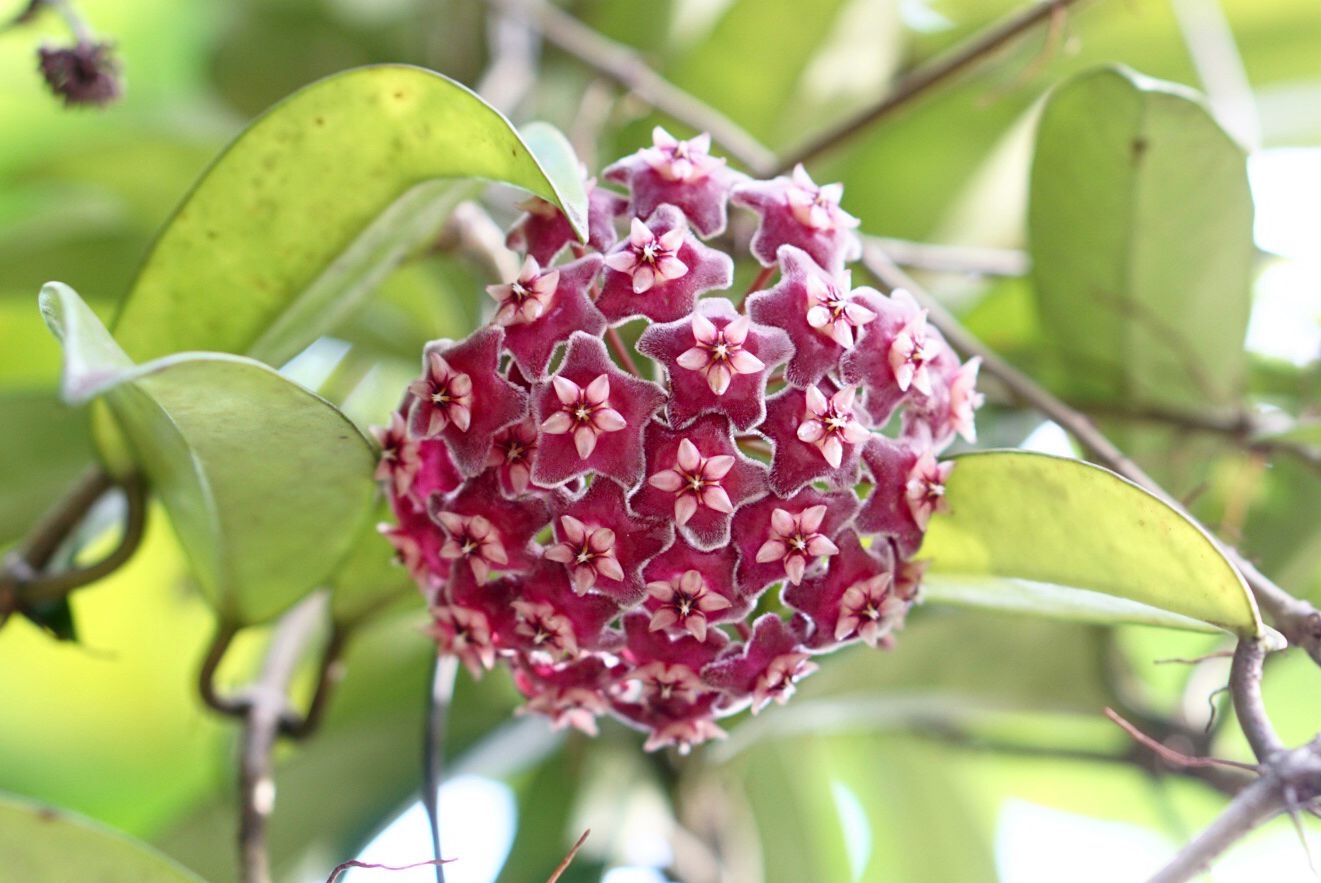
The Hoya Wax Plant, also known as Hoya carnosa, is a vine that is like maroon-tinged leaves. This plant is known for its thick, waxy foliage and clusters of star-shaped flowers. While the primary focus of the Hoya Wax Plant is often its unique flowers, the maroon tint on its leaves adds beauty to your indoor garden. Hoya Wax Plants are known not only for their beauty but also for their low-maintenance nature.
7. Weigela
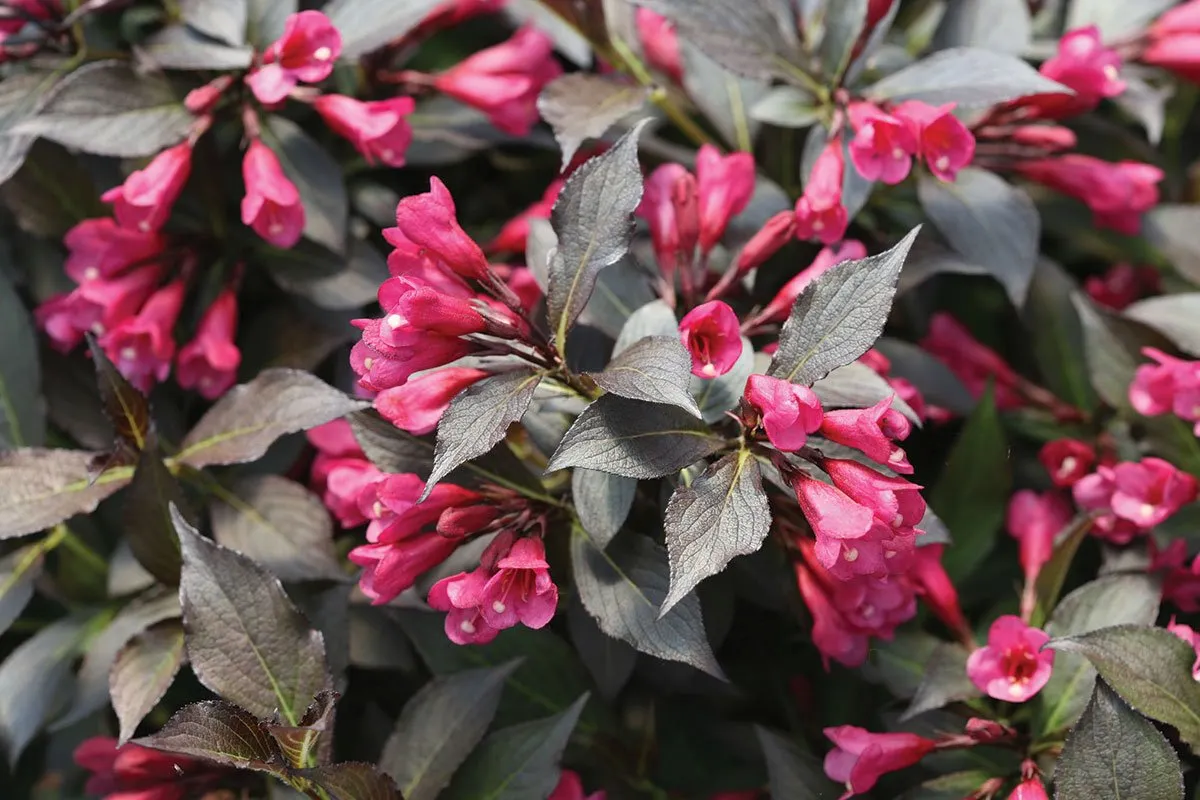
Weigela is a flexible shrub that is known for its maroon to purple-tinged leaves and trumpet-shaped flowers. These shrubs offer a multi-seasonal experience, making them a valuable addition to your garden. While their maroon leaves contribute to their overall aesthetic look. It’s their flowers that really add beauty to it. Weigela shrubs produce bright, bell-shaped flowers in shades of pink, red, or white.
8. Eastern Redbud
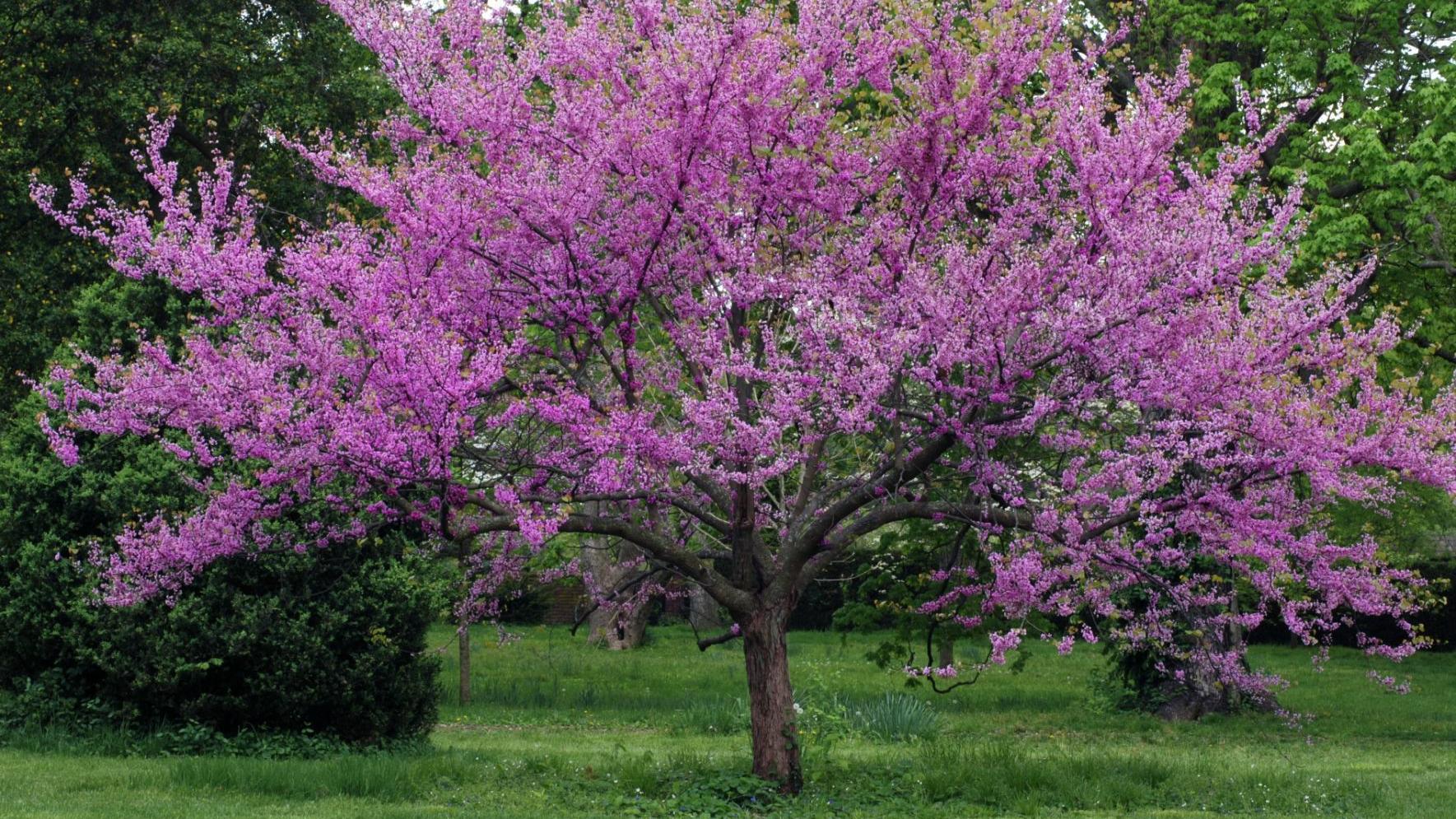
The Eastern Redbud, scientifically known as Cercis canadensis, is a small tree with heart-shaped maroon leaves. This native North American tree is also known for its springtime display and year-round beauty. While its maroon leaves are a key feature, it’s the mix of pink or purple blossoms that truly make this tree a standout.
9. Purple-Leaved Filbert
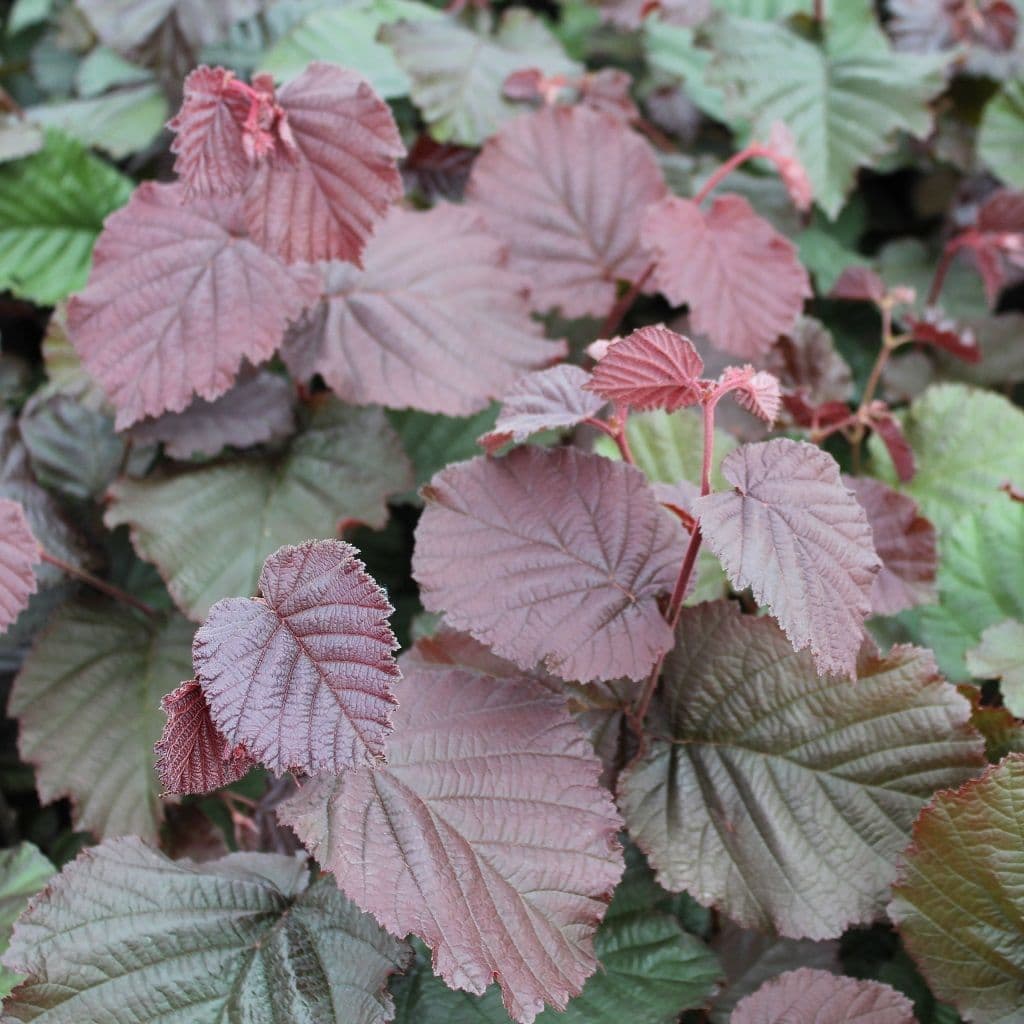
The Purple-Leaved Filbert, also known as Harry Lauder’s Walking Stick or Corylus avellana Contorta, is a shrub known for its twisted branches and maroon leaves. This unique plant adds a pretty touch to your garden with its amazing form and foliage. While the primary attraction of the Purple-Leaved Filbert is often its contorted branches, its maroon leaves contribute to its overall look.
10. Japanese Maple
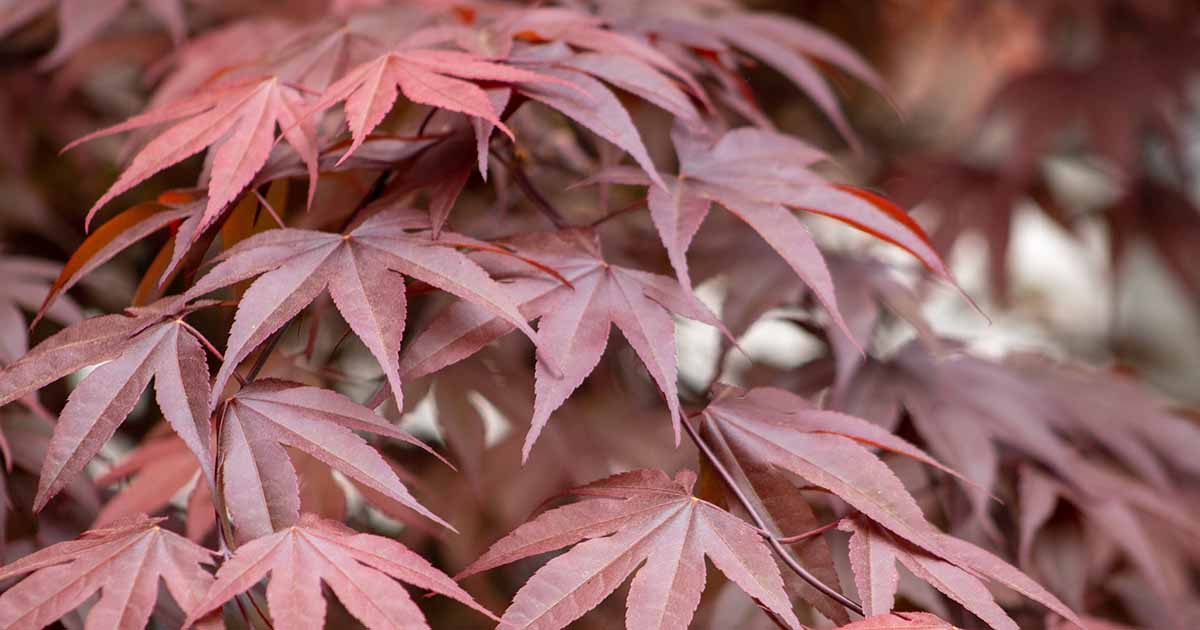
The Japanese Maple, known as Acer palmatum, is a tree known for its maroon or red leaves, particularly in cultivars like the Bloodgood. This tree brings a good vibe to any garden, making it a beloved choice among gardeners. The maroon leaves of the Japanese Maple are nothing short of amazing, especially when they take on shades of crimson or burgundy.
Conclusion
We’ve got to know about plants with maroon leaves. These plants have leaves that are a deep, rich red color. Some people like these plants because of their pretty leaves. Maroon leaves can make a garden or a room look more colorful. We found out that there are different kinds of plants with maroon leaves.
Some of them are easy to take care of. While others need more attention. Plants with maroon leaves are a great choice if you want to add some color to your space.
They are not too hard to care for, and they can make your surroundings look brighter.

